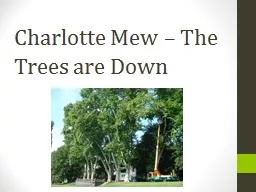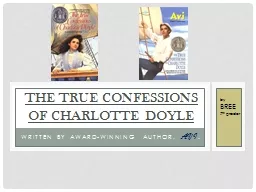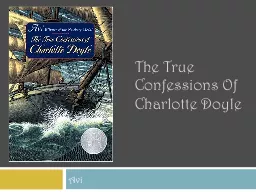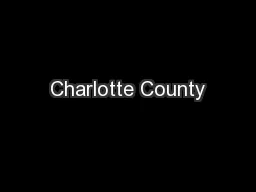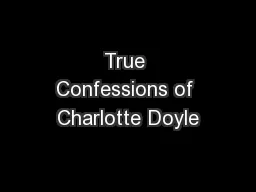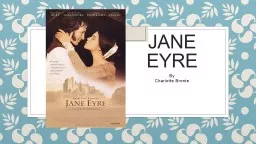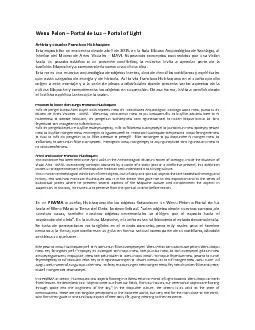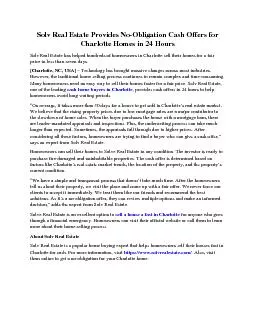PPT-Charlotte Mew – The Trees are Down
Author : kittie-lecroy | Published Date : 2016-05-30
Charlotte Mew 18691928 Charlotte Mew writes here of arborcide The title of Mews poem is The Trees Are Down and it opens with a quotation from Revelation 723
Presentation Embed Code
Download Presentation
Download Presentation The PPT/PDF document "Charlotte Mew – The Trees are Down" is the property of its rightful owner. Permission is granted to download and print the materials on this website for personal, non-commercial use only, and to display it on your personal computer provided you do not modify the materials and that you retain all copyright notices contained in the materials. By downloading content from our website, you accept the terms of this agreement.
Charlotte Mew – The Trees are Down: Transcript
Download Rules Of Document
"Charlotte Mew – The Trees are Down"The content belongs to its owner. You may download and print it for personal use, without modification, and keep all copyright notices. By downloading, you agree to these terms.
Related Documents

